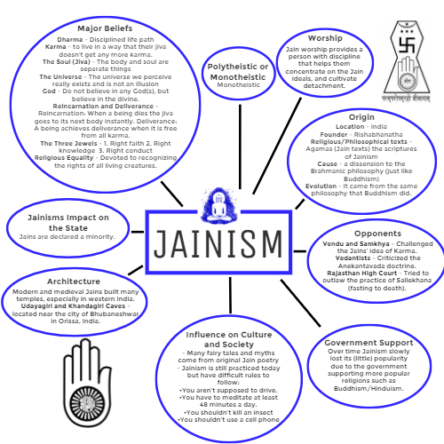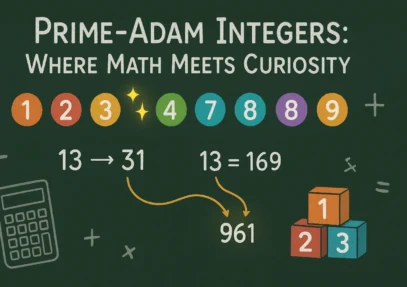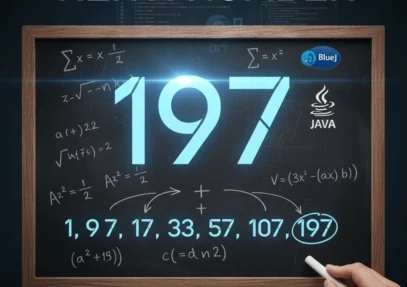What is gravity?
Here is the analysis of the three statements: Statement 1: "When the Lok Sabha transmits Finance Bill to the Rajya Sabha, it can amend or reject the Bill." This statement is incorrect because, as per the text, a Finance Bill is a Money Bill, and the Rajya Sabha cannot amend or reject it. The Rajya SRead more
Here is the analysis of the three statements:
- Statement 1: “When the Lok Sabha transmits Finance Bill to the Rajya Sabha, it can amend or reject the Bill.”
- This statement is incorrect because, as per the text, a Finance Bill is a Money Bill, and the Rajya Sabha cannot amend or reject it. The Rajya Sabha can only recommend changes, which the Lok Sabha may accept or reject.
- Statement 2: “When the Lok Sabha transmits Money Bill to the Rajya Sabha, it cannot amend or reject the Bill, it can only make recommendations.”
- This statement is correct as per the explanation provided. The Rajya Sabha has limited powers over a Money Bill and can only make recommendations.
- Statement 3: “In the case of disagreement between the Lok Sabha and the Rajya Sabha, there is no joint sitting for Money Bill, but a joint sitting becomes necessary for Finance Bill.”
- This statement is incorrect because a Finance Bill is a Money Bill, and there is no provision for a joint sitting for a Money Bill.
Conclusion:
- Statement 2 is correct.
- Statements 1 and 3 are incorrect.
Thus, the correct answer is Only one.
See less









Gravity is a fundamental force of nature that pulls objects with mass toward one another. It’s what keeps planets orbiting the Sun, makes things fall to the ground, and holds galaxies together. Key Features of Gravity Universal Attraction: Any two objects with mass exert a gravitational pull on eachRead more
Gravity is a fundamental force of nature that pulls objects with mass toward one another. It’s what keeps planets orbiting the Sun, makes things fall to the ground, and holds galaxies together.
Key Features of Gravity
Without gravity, there would be no planets, no orbits, and no life as we know it!
See less